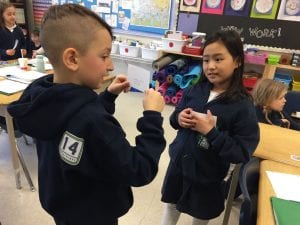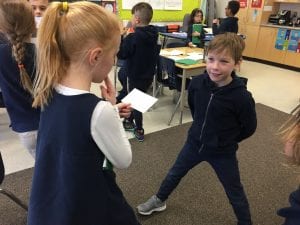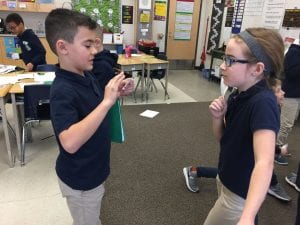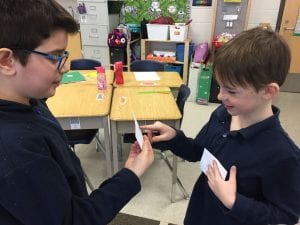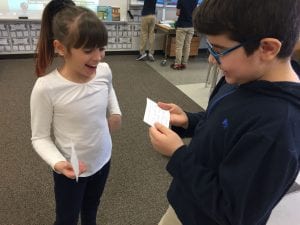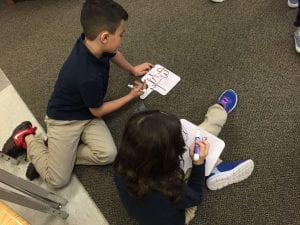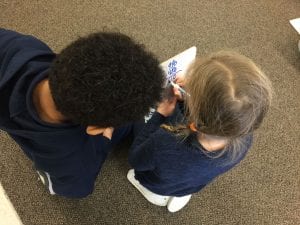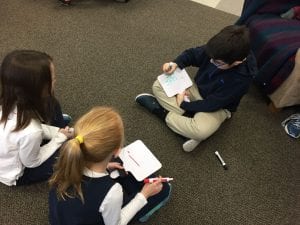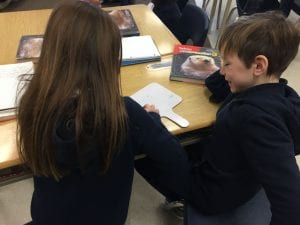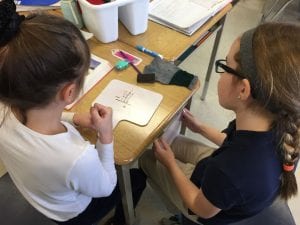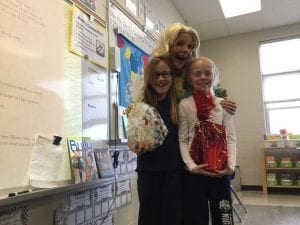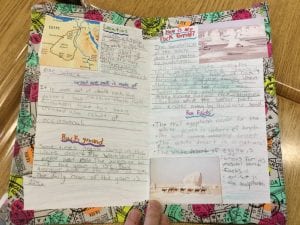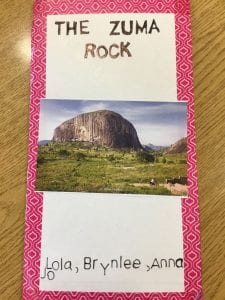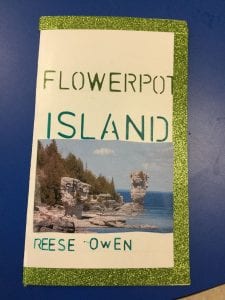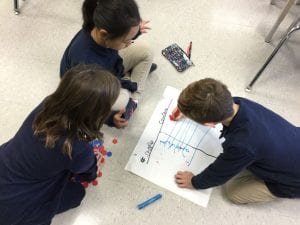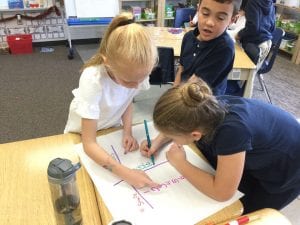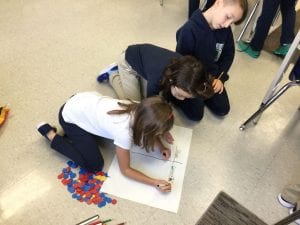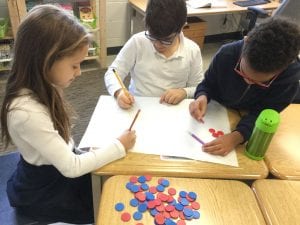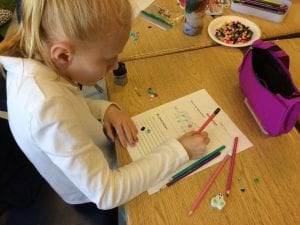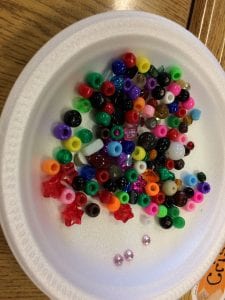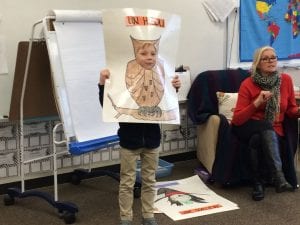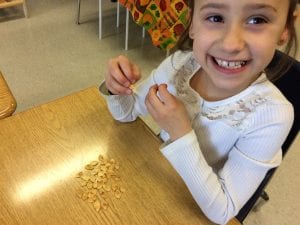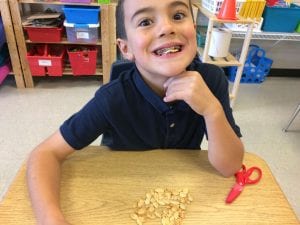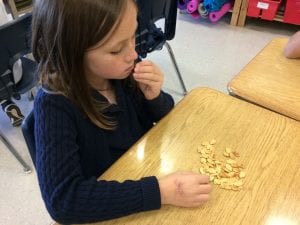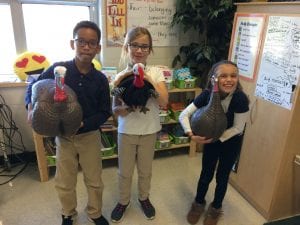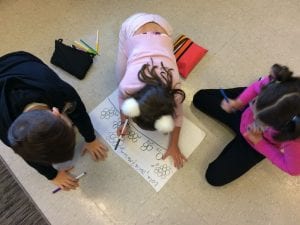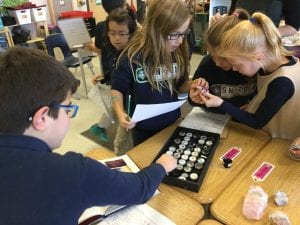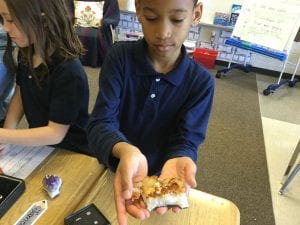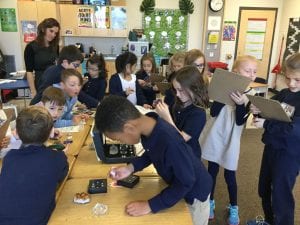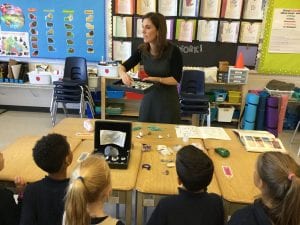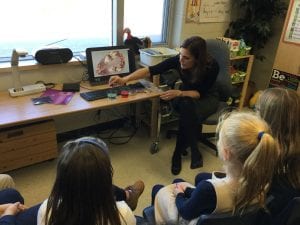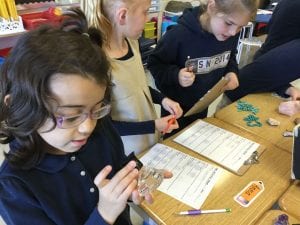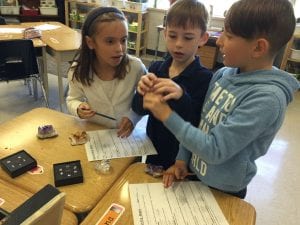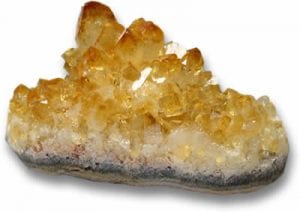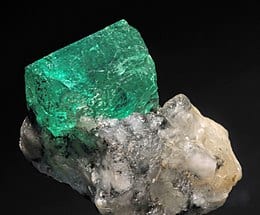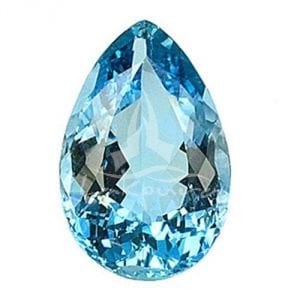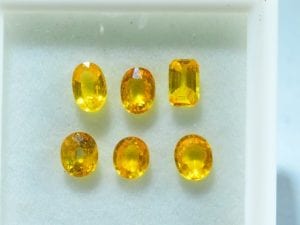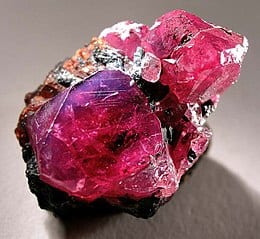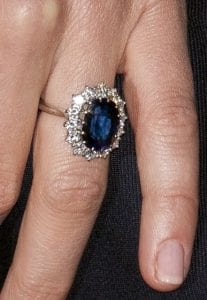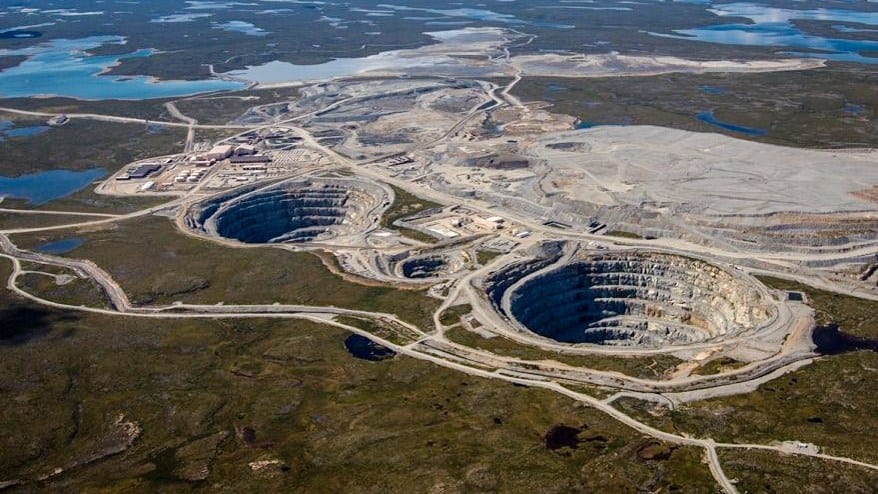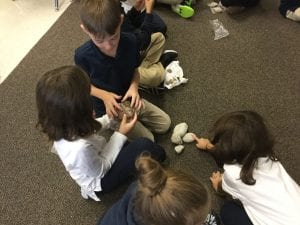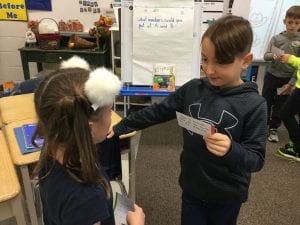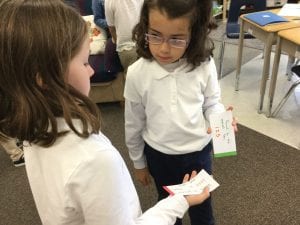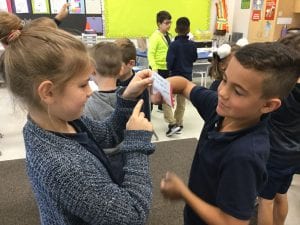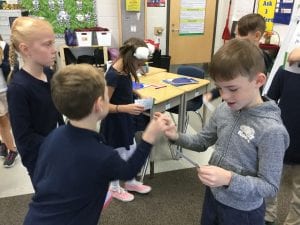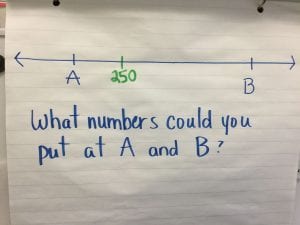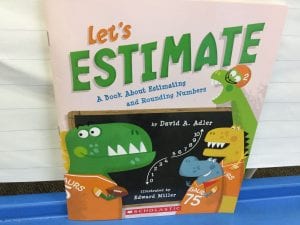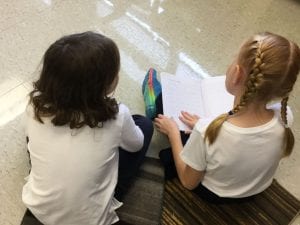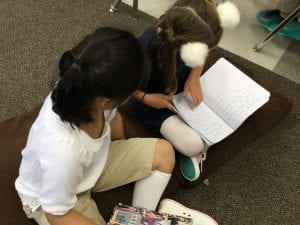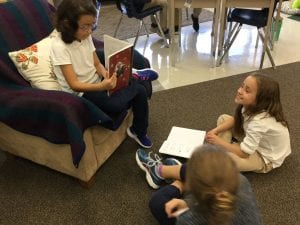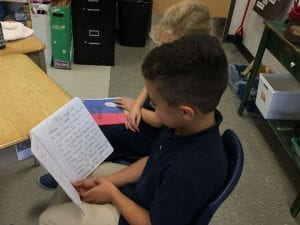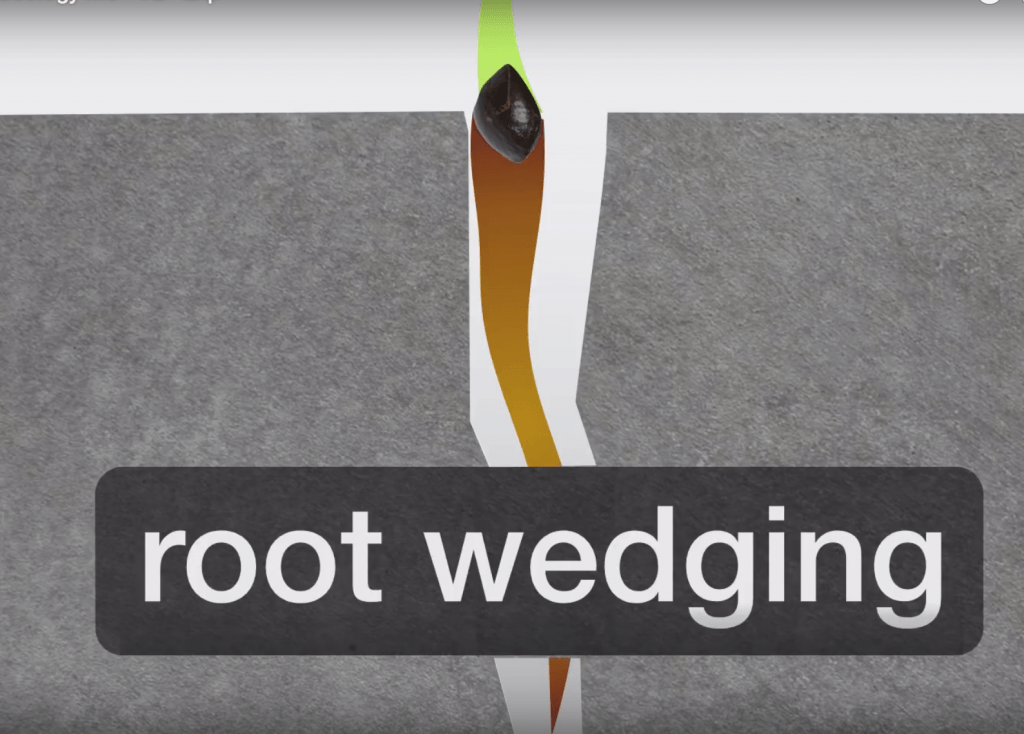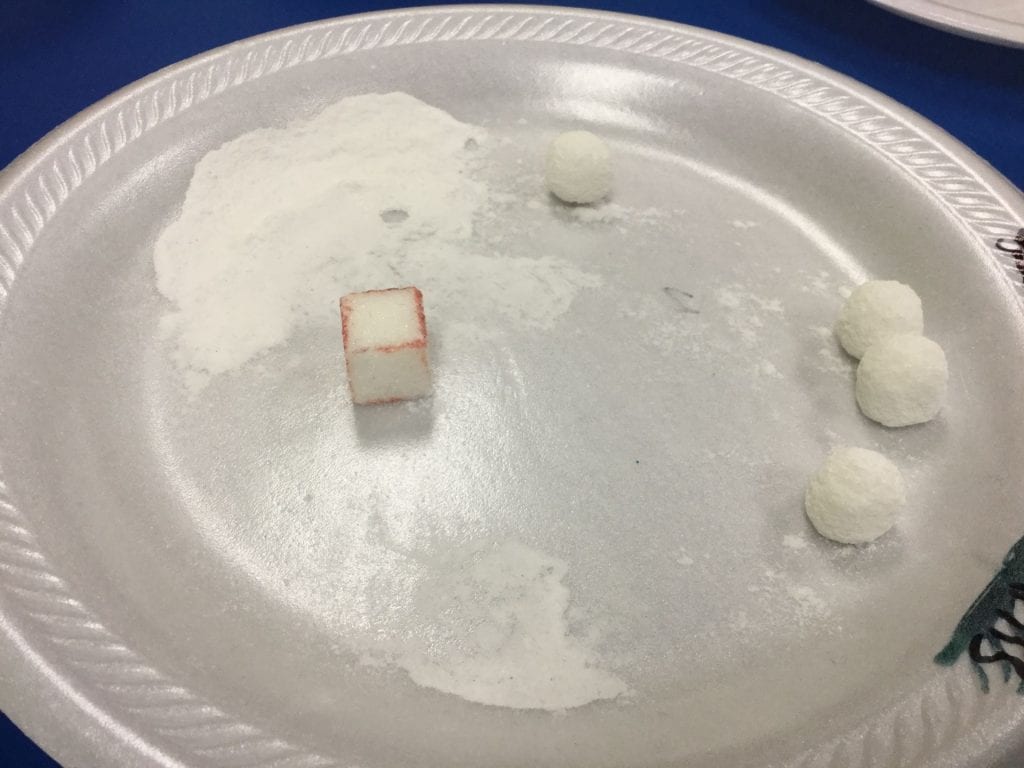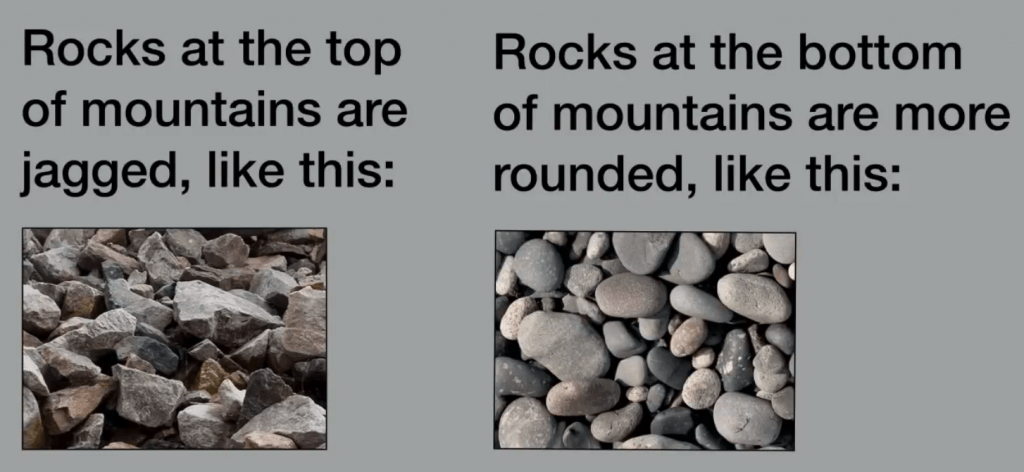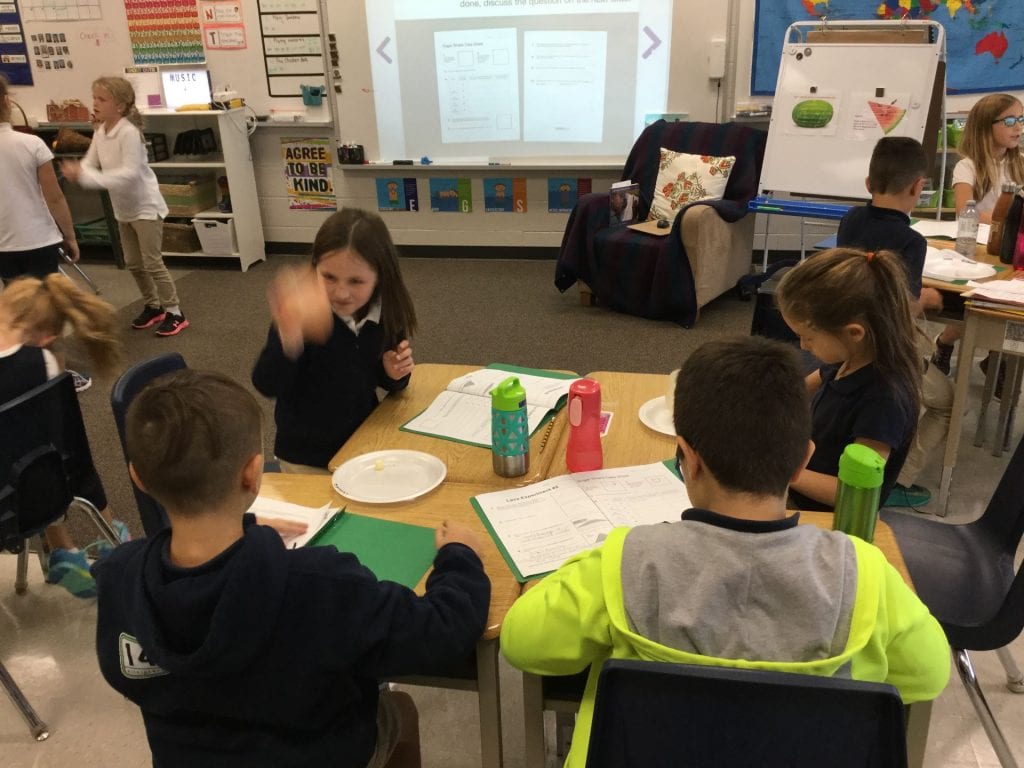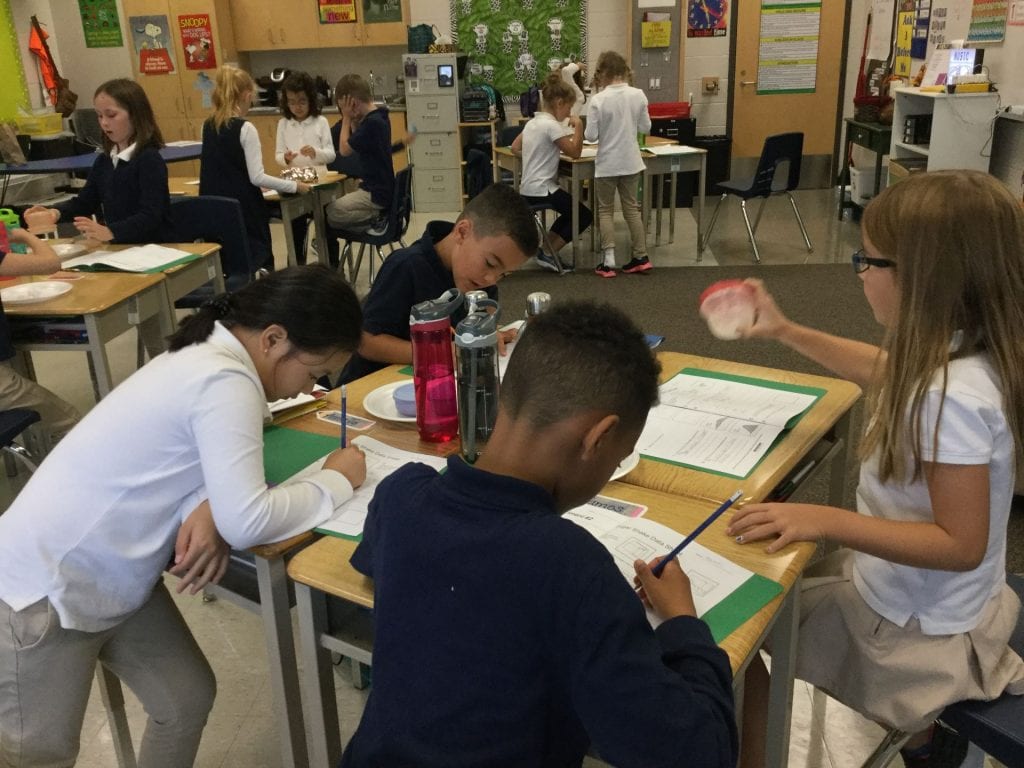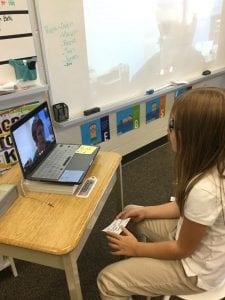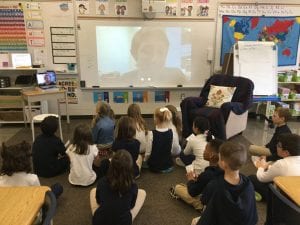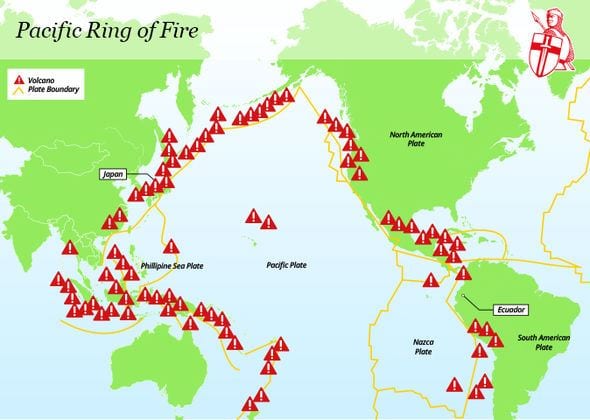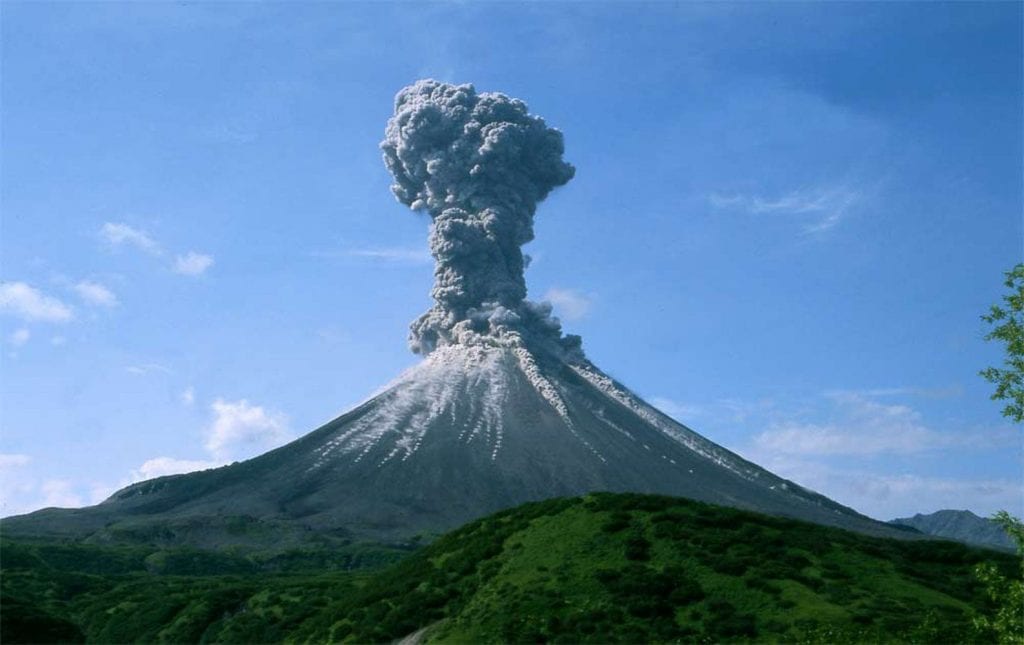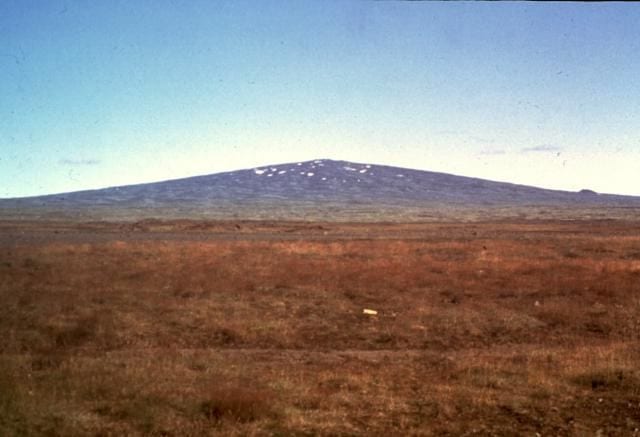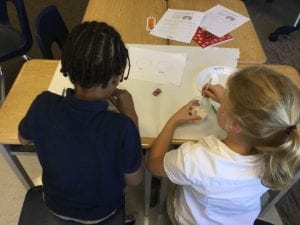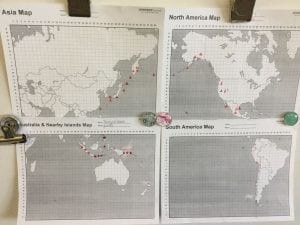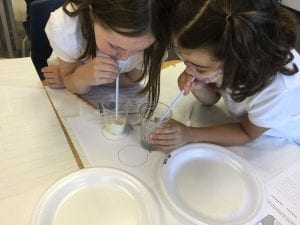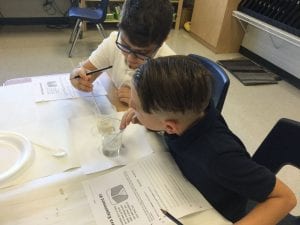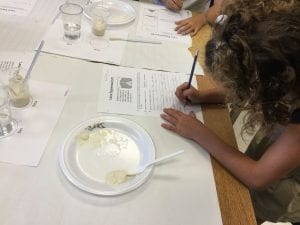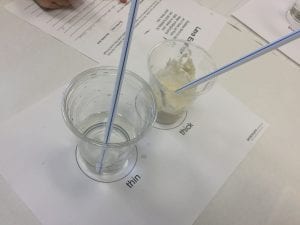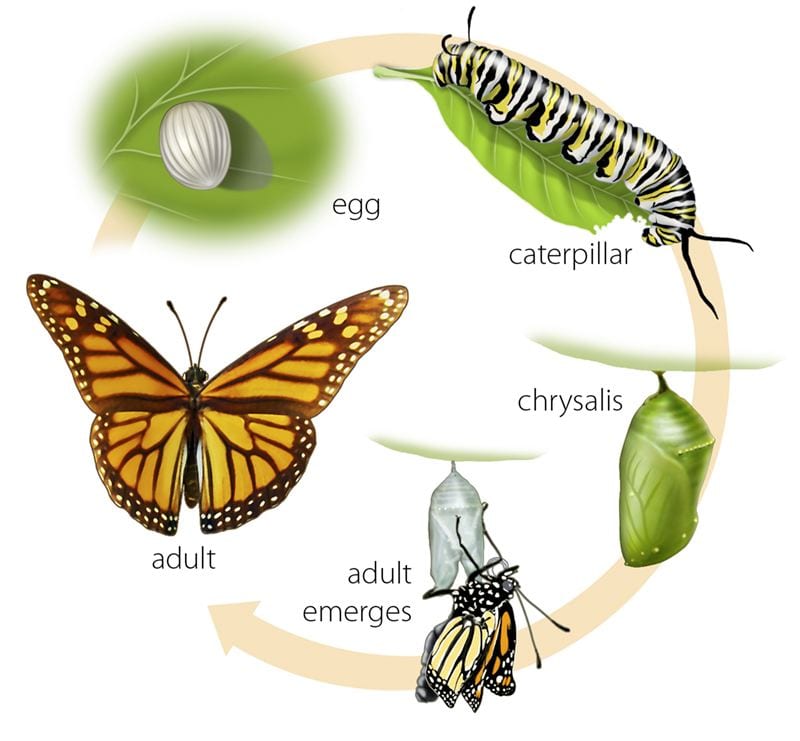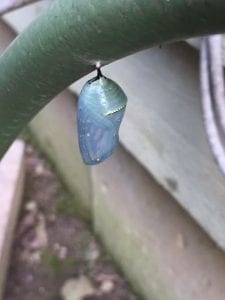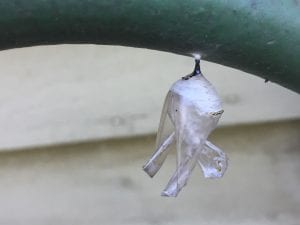Having a class blog is one way we can open the walls of our classroom and share our learning with others outside our own community, but Skyping an expert is another way!
It was a super special treat today to have archaeologist, Dr. Beth Pruitt, from Washington, D.C., Skype into our classroom!
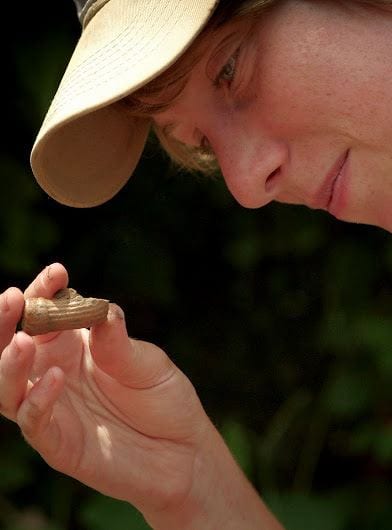
Beth was so delightful to talk with. Students prepared some questions ahead of time and Beth was more than happy to answer.
Beth explained that an archaeologist is a scientist who studies human history through digging for artifacts.
While we are learning about rocks and minerals, and Beth is not a geologist, she had plenty to tell us about how she digs for artifacts, where she does her work, and what sorts of things she finds hidden in the earth.
Some of the artifacts Beth shared with us included a large piece of a chamber pot. It was beautifully decorated in blue and white details.Students also found out what a chamber pot was used for. Ha!
Beth expressed to us that while she doesn’t have any one favourite artifact, she loves all of the artifacts, because when put together, they tell a story about how humans used to live.
She told us how she was part of a team of archaeologists who uncovered a house underground and how the people who used to inhabit this house even buried items beneath the house. She enjoys discovering unusual and surprising things like this!
New technology such as 3D printing has come in handy when wanting to study artifacts without causing damage to them.
Various tools are used to excavate artifacts including a trowel, shovel, spoon, and Beth has even used a chopstick!
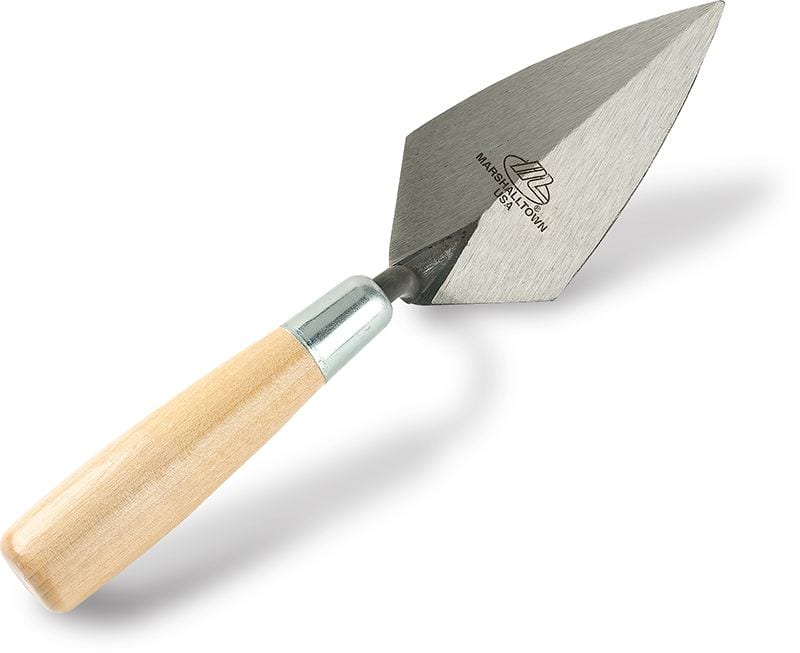
Trowel
Beth showed us an artifact that turned out to be a clay wig curler from the 18th century (known as a bilboquet). They used to be heated up and then the hair of the wig was wrapped around it. Neat!

clay wig curlers
Some of the questions students asked included:
- How far do you normally dig down?
- When you were in Gr.3 did you want to be a scientist?
- Where do you do you digging? Is it near water?
- What is the difference between a paleontologist and archaeologist?
- Have you ever damaged an artifact when digging?
- What was your favourite subject in school?
- How old is your oldest artifact?
What will future archaeologists uncover about us?
What stories will our artifacts say about us and our culture?
